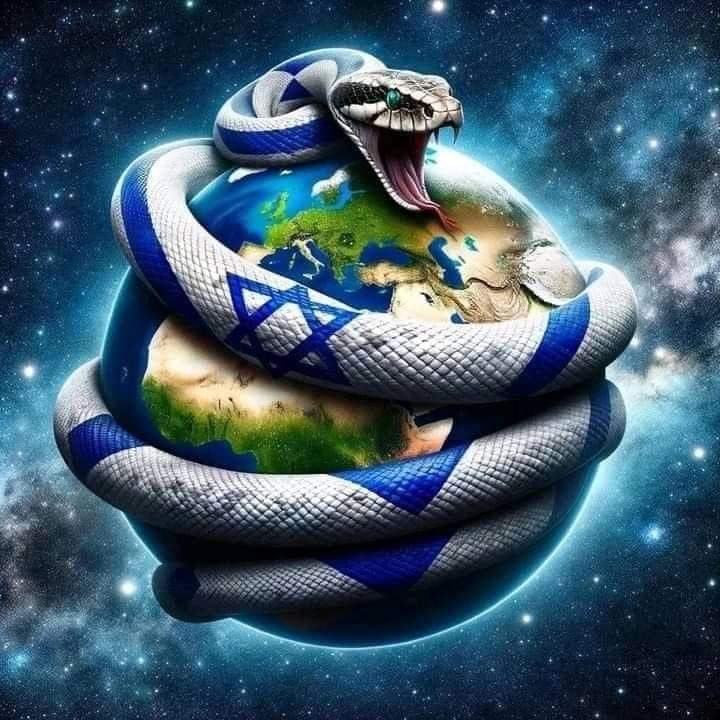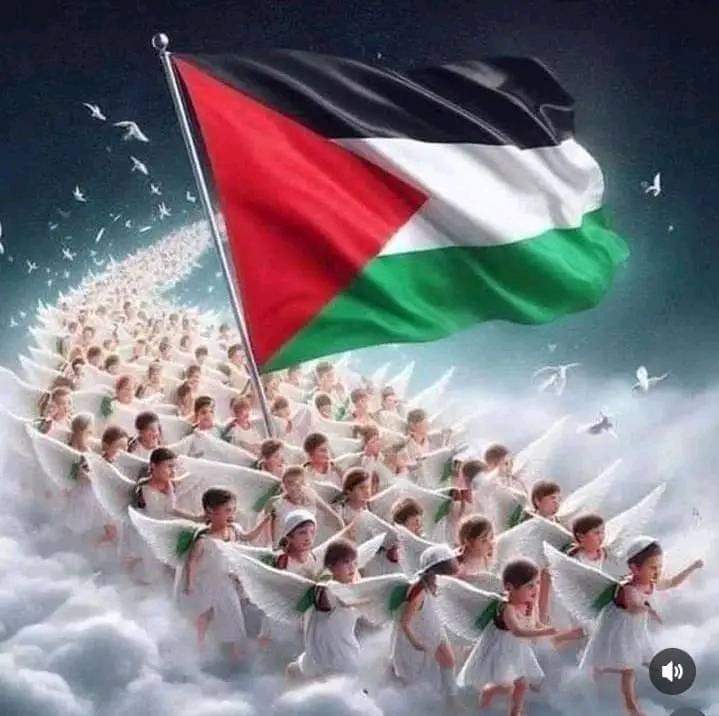In the heart of the Middle East lies a longstanding and deeply complex conflict between the State of Israel and the Palestinian people. This dispute has captured the world’s attention for decades, evoking strong emotions and fierce debates. In this comprehensive article, we will delve into the history, root causes, current state, and potential solutions of the enduring issue known as “The Problem of Palestine and Israel.”

Table of Contents
Introduction
A Never-Ending Conflict
The Israeli-Palestinian conflict has been ongoing for over a century, with deep-seated historical and political roots. The intricacies of this conflict have stymied peace efforts and led to countless debates, making it one of the most protracted and contentious issues in modern history.
Historical Context of Palestine and Israel
The Balfour Declaration (1917)
The conflict traces its roots to the Balfour Declaration, a letter from the British government that supported the establishment of a “national home for the Jewish people” in Palestine. This declaration laid the foundation for future disputes.
The Creation of Israel (1948)
In 1948, the State of Israel was officially established, leading to mass displacement of Palestinians. This event marked the beginning of a bitter struggle over land and identity.
The Six-Day War (1967)
The Six-Day War further intensified the conflict, as Israel captured East Jerusalem, the West Bank, and Gaza Strip. This created a new set of challenges, including the status of Palestinian territories.
Root Causes of Palestine and Israel
Land Disputes
A significant part of the conflict revolves around territorial disputes, including the control of Jerusalem and the West Bank. Both parties lay claim to these regions, fueling tensions.
Refugee Crisis
The issue of Palestinian refugees, who fled or were displaced during the 1948 war, remains unresolved. The right of return is a key point of contention.
Religious Significance
Jerusalem is a holy city for Jews, Muslims, and Christians, making it a central point of conflict, with each side seeking control of its religious sites.
Current State Palestine and Israel
Ongoing Violence
The conflict has seen numerous wars, intifadas, and uprisings, resulting in tragic loss of life and a constant state of tension.
Political Stalemate
Peace talks have repeatedly broken down, leaving the region in a state of political gridlock and little progress toward resolution.
International Involvement
The conflict garners international attention and intervention, with numerous peace initiatives, yet a comprehensive solution remains elusive.
Potential Solutions Palestine and Israel
Two-State Solution
The idea of two separate states for Israelis and Palestinians living side by side has been a common proposal, but negotiations have stalled over the years.
One-State Solution
An alternative is a single, democratic state for both Israelis and Palestinians, ensuring equal rights and opportunities for all citizens.
Regional Cooperation
Broader Middle East peace, involving multiple nations, could help address the root causes of the conflict.
Conclusion Palestine and Israel
The problem of Palestine and Israel is a deeply rooted and multifaceted issue that has defied resolution for decades. Its historical context, root causes, and current state reveal the complexity of the situation. Potential solutions exist, but the road to peace remains challenging. Achieving a lasting resolution will require the commitment of both parties and the international community.
Dear valued viewers, in a demonstration of solidarity with the people of Palestine, we invite you to share your emotions in the “Comments Section.” Stay informed with the latest Palestine News Updates by visiting the “Palestine News“ page. Thank you for your active participation.
Frequently Asked Questions
1. Why is Jerusalem so important in the Israeli-Palestinian conflict?
Jerusalem is significant because it holds religious and cultural importance for Jews, Muslims, and Christians, making it a focal point of contention between the two sides.
2. What is the two-state solution, and why hasn’t it been implemented yet?
The two-state solution suggests the creation of separate states for Israelis and Palestinians. Its implementation has been hindered by disagreements over borders, security, and refugees.
3. Can a one-state solution effectively address the Israeli-Palestinian conflict?
While a one-state solution is an alternative, it poses its own challenges, such as ensuring equal rights and opportunities for all citizens in a diverse society.
4. How has international involvement influenced the conflict?
International intervention has played a significant role in peace negotiations and humanitarian aid, but it has not yet led to a lasting resolution.
5. What is the role of neighboring countries in resolving the conflict?
Neighboring countries could contribute to a broader Middle East peace, addressing the root causes of the conflict and promoting regional stability.

